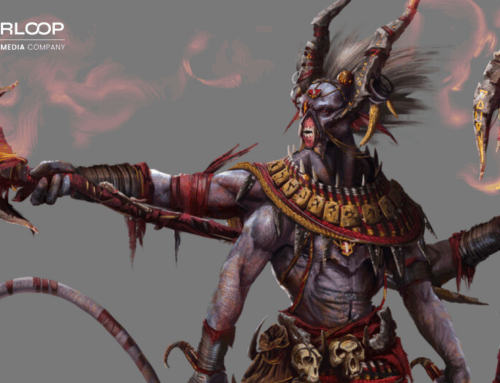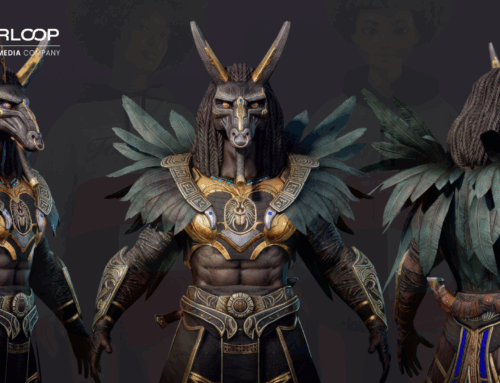In mobile games, player retention is one of the most important considerations for their continued success. Though much of a game’s success regardless of platform can be determined by its sales and critical reception, continuous player retention is the lifeblood of many mobile games.
There is no singular secret sauce that guarantees high rates of player retention in mobile games. Still, there are numerous ways in which studios and publishers pursue keeping their players for the longest possible time. At Magic Media, we’ve helped create numerous mobile games and strategies for player retention.
Content Updates Can Improve Player Retention
Regular content updates provide players with fresh experiences within mobile games. Content updates can encourage players to continue playing a game after they’ve completed everything in the base game, providing them with a reason to come back for more. In mobiles, content updates regularly occur in various forms often after the game’s initial launch. There are your typical updates that provide new levels, weapons, and cosmetics that bring new spins on the usual gameplay loop.
Limited-time events are also commonplace, where time-limited content is made available for themed events, such as in Pokémon Go for example, where seasonal content is released. These events can generally boost player retention by providing novel experiences that occur infrequently. Crossover events can also be effective, where the mobile game will include content related to another property for a limited period, which can be especially effective if the content is from another popular IP or something that has crossover appeal for fans of the game hosting the new content.
While new content is effective for player retention, it’s critical to promote it for your existing player base so there can be a sense of anticipation for them. CRM (customer relationship management) videos are an excellent way to advocate player retention, especially when released alongside content updates, new gameplay features, or anything new that might draw the attention of the existing player base. Video content like this highlights the new features for the benefit of existing players, and their success is quite easy to measure as there will be a noticeable uptick in usage of the new feature, in-game store sales, or whatever it may be promoting.
Reward Systems, Social Features, and Player Retention
Another common tactic mobile games employ to boost player retention is providing in-game rewards. These tend to vary from game to game, but a significant number of mobile games offer daily login rewards and rewards for reaching certain milestones, such as completing certain gameplay goals, log-in streaks, and more. The rewards tend to be minor, primarily consisting of providing in-game currency for use in a store or cosmetics, but these incentives, no matter how small they might seem, can yield success for continuous player engagement over long periods of time.
Social features are more common than ever in mobile games. Competitive multiplayer features are especially popular and can benefit player retention. Multiplayer offers a level of competition not possible in the player versus environment or PvE content, where players of different skill levels can compete with one another, allowing for intense gameplay experiences and unique rewards players otherwise wouldn’t have access to. Similarly, cooperative multiplayer features are popular too, enabling players to experience games with others in the PvE environment.
Measuring Player Retention
Player retention is measured by retention rate, the number of players who continue with games over time, and gets measured at regular intervals, usually on day one, day seven, and day 30. Player retention can also be measured using DAU and MAU – Daily Active Users and Monthly Active Users, respectively.
When observing retention rates, they can indicate several things. High retention rates indicate that players find the game to be engaging and that they’ll likely continue playing it over time, whereas low retention rates can suggest issues with the gameplay, unintuitive UI, and user experience. High DAU and MAU rates indicate strong user retention with little risk of churn, whereas low DAU and MAU rates could signal general disinterest or churn risks.
Starloop Studios is an experienced services provider for gaming projects, including full-cycle game development, co-development, and more, for mobile and all other platforms. Being part of the wider Magic Media group, we offer extensive services not just for gaming, but entertainment and tech projects as well. Contact us today!



